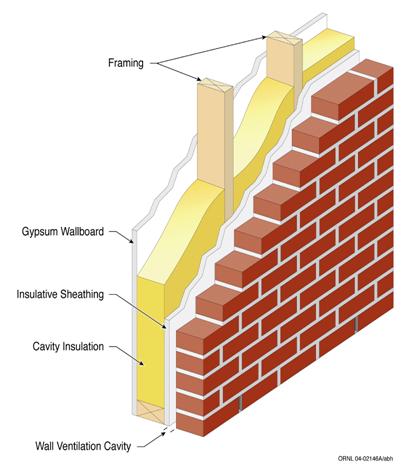Home > Technologies > Insulating a new house
Insulating a new house

Insulating a new house is a crucial step in ensuring energy efficiency, comfort, and cost savings. Proper insulation helps to create a thermal barrier, preventing the transfer of heat between the interior and exterior of the house. This is essential in maintaining a consistent and comfortable indoor temperature throughout the year, regardless of external weather conditions. Insulation also plays a significant role in reducing noise transmission, improving indoor air quality, and increasing the overall durability of the building.
There are various areas in a new house where insulation can be installed:
I. Walls: Insulating exterior walls helps to reduce heat loss and gain. Common insulation materials for walls include fiberglass batts, cellulose, spray foam, or rigid foam boards. The choice of insulation depends on factors such as budget, desired R-value, and local climate conditions.
II. Attic: Insulating the attic is crucial as hot air rises, and without proper insulation, significant heat loss can occur through the roof. Insulation materials such as blown-in fiberglass or cellulose, spray foam, or rigid foam boards are commonly used in attics.
III. Floors: Insulating floors above unheated spaces, such as crawl spaces or garages, can prevent heat loss and improve energy efficiency. Insulation options include fiberglass batts, rigid foam boards, or spray foam.
IV. Basement and Crawl Spaces: Insulating basement walls and crawl spaces helps to control moisture, prevent heat loss, and improve indoor air quality. Common insulation materials include foam board insulation, spray foam, or fiberglass batts.
V. Windows and Doors: While not traditional insulation, selecting energy-efficient windows and doors with low U-values and weatherstripping can significantly reduce heat transfer and air leakage.
When insulating a new house, it's essential to consider the desired R-value. The R-value measures the insulation's thermal resistance—the higher the R-value, the better the insulation's ability to resist heat flow. The specific R-value requirements depend on the climate zone and local building codes. Consulting with a professional insulation contractor can help determine the appropriate R-value for each area of the house.
Proper installation is crucial for insulation effectiveness. It's important to seal any gaps, cracks, or air leaks before installing insulation to prevent thermal bridging and ensure a continuous thermal barrier. Hiring a professional insulation contractor with experience in new construction can ensure proper installation techniques and compliance with building codes.
In conclusion, insulating a new house is vital for energy efficiency, comfort, and long-term cost savings. With proper insulation in walls, attic, floors, and other areas, homeowners can enjoy consistent indoor temperatures, reduced energy consumption, improved indoor air quality, and enhanced soundproofing. By selecting the right insulation materials and working with experienced professionals, homeowners can create a well-insulated home that provides year-round comfort and sustainability.









